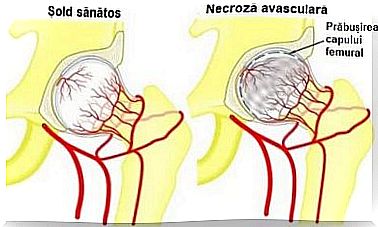What Are The Types Of Side Effects Of Drugs?

You have certainly heard of side effects or side effects of medications. 7% of the population has some type of adverse drug reaction, which is a public health problem. What are the types of side effects to medications?
An adverse drug reaction, whose acronym is ADR, is any negative response that occurs at normal doses. These may be doses for the prophylaxis, diagnosis or treatment of diseases, as well as for the restoration, correction or modification of biological functions.
Among the drugs that most commonly cause side effects are:
- Non-steroidal anti-inflammatory drugs
- Antibiotics
How do you know the possible side effects of a drug?
The Spanish Agency for Medicines and Health Products (AEMPS) reminds us of the importance of always being informed about medicines that have been prescribed to us or about those that we buy directly from the pharmacy. It is essential to ask your doctor and pharmacist about the possible side effects that the medicine may cause, as well as the situations in which the use is contraindicated.
In addition, you can consult the package leaflet of the medicine. It will list the known side effects and tell you what to do if they occur.
All medicines sold can cause side effects. It is decided to market them because the benefit obtained outweighs the health risks they have.

Types of side effects
Other types of side effects to drugs

In addition to the above, there are other side effects that may occur during drug treatment. Some of these reactions are known as type C reactions.
They occur after prolonged administration of a drug and are generally predictable and known. This group includes drug addictions (as may occur with benzodiazepines), tardive dyskinesia due to neuroleptic drugs, or Cushing’s syndrome caused by corticosteroids.
Type D reactions are rare and occur shortly after treatment. Some of these types of reactions are teratogenesis, which is malformations in the fetus and carcinogenesis.
There are also E-type reactions, which are those that occur after the sudden cessation of a drug. An example of this type of side effect is adrenal insufficiency after stopping corticosteroids, seizures after stopping antiepileptic drugs or angina after stopping beta-blockers.









